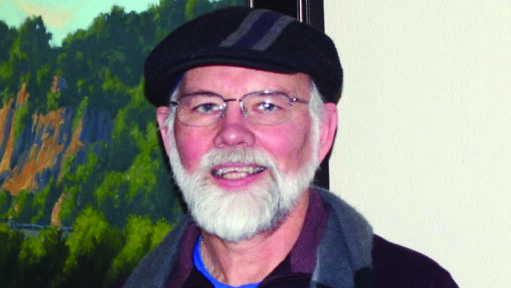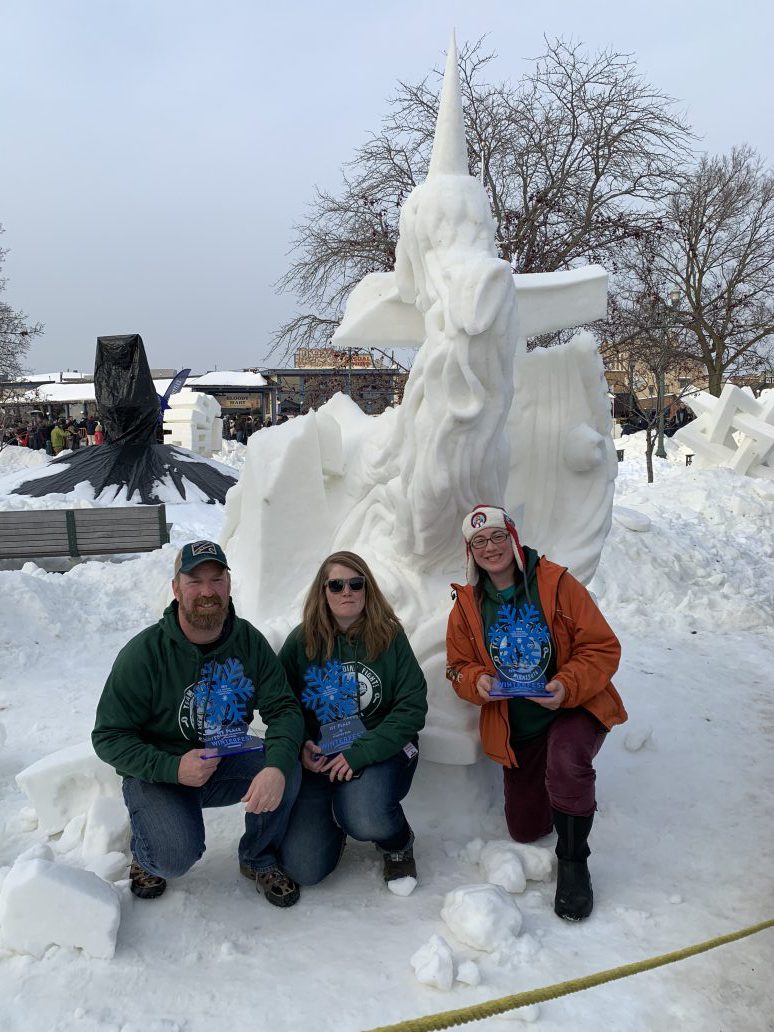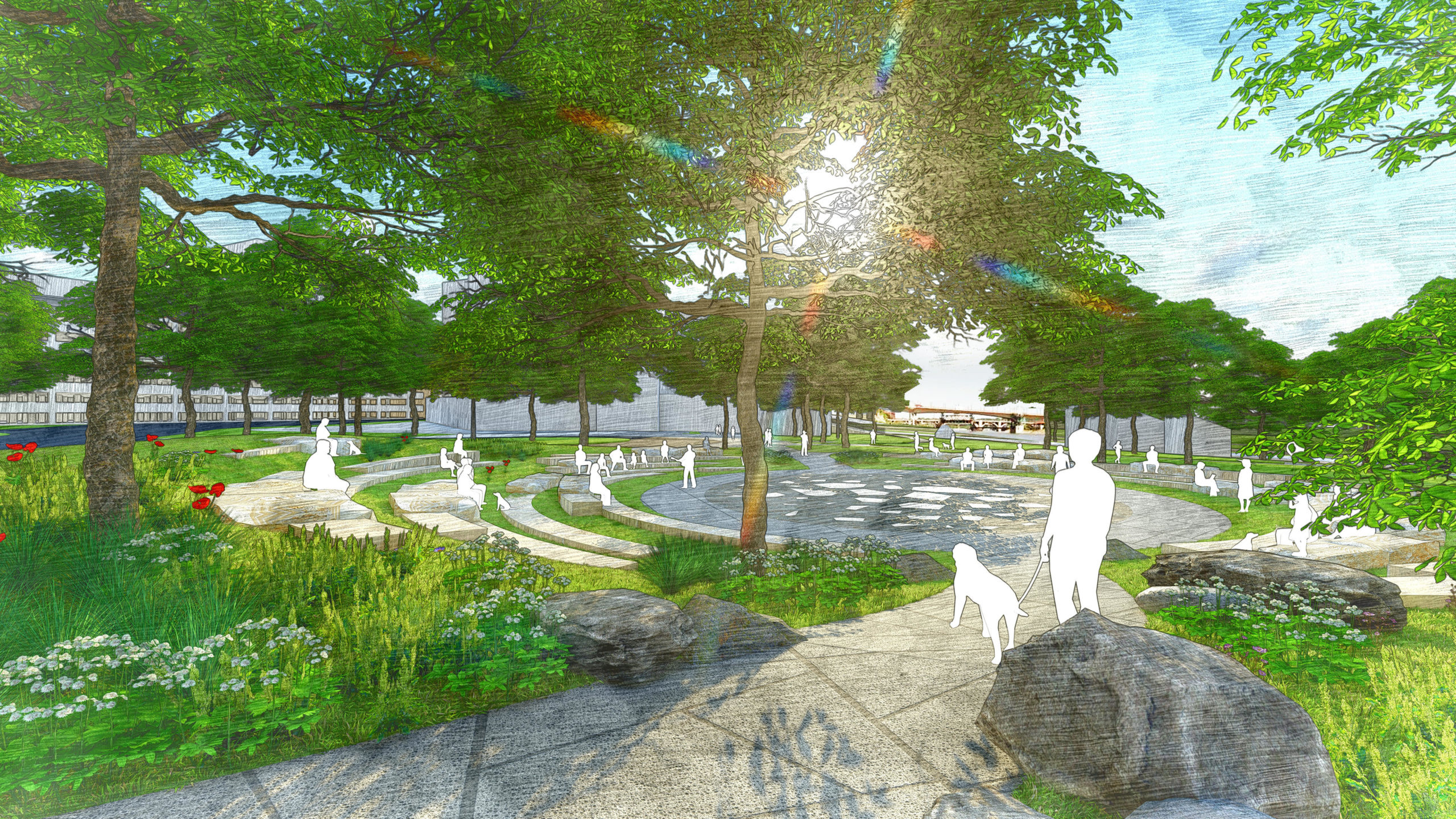Sacred Ground
Building an Antiracist Community
By Tim Johnson columnist
It was a short bike ride down the country road from our family farm to the cemetery. My great grandfather and great grandmother were buried there. So too was a grandmother I never knew, who died after giving birth to a child who in turn died a couple days later. Nearby was the resting place of my young brother, who was killed in a farm accident at the age of four.
Throughout the summer, each of my siblings and I took that short bike ride so we might mow the cemetery grass. Beginning with me, all of us took on a season or two, eventually passing the responsibility to the next in line. The family tradition was kept alive until my sister, eleven years younger than me, finished her stint. I remember the cemetery as a place that invited meditation if only in the quiet when the mower’s engine was stilled.
My siblings and I have all moved away from the family farm and our hometown. The only family we have remaining in the place we grew up are those who reside in the cemetery. The circle of loved ones buried there has grown. It now includes my grandfather, father, mother, and several aunts and uncles. One of those uncles lived with us on the farm.
A few years ago, I discovered a self-watering plant container that enables me to keep potted flowers on several of the grave sites. Sometime before Memorial Day, like many folks, I make the trek to the ground which holds the remains of those with whom we are forever connected. It strikes me now as a family reunion of sorts, one which I expect I will someday join.
From this spot, I recall the bike ride, look down the road toward the farm which holds so many memories and enjoy the quiet. But it is a quiet that is different than when I grew up. There is a presence in this small piece of earth that I was unaware of then. This place, which always invited meditation, now feels like sacred ground, where there are connections one senses nowhere else.
Most, if not all of us, whose ancestors immigrated to this place we call Minnesota, can name some place, some spot where there is a portal to something else, a presence bordering on what we might name as sacred.
It is tragic that for so long many of us failed to recognize the sacredness of land for the first inhabitants of our state. Fort Snelling was built on ground considered sacred by Dakota people, the Bdote, where two waters come together, a place of origin and birth. Pilot Knob Hill, across the river from Fort Snelling, was a place of burial for the Dakota and as its Native name suggests, remains a place that is sacred; Wotakuye Paha, “the hill of all the relatives.” Minnesota is filled with places that Native people consider sacred because they find in those places connections that can be experienced nowhere else.
The seasons come and go. The bike rides we took as children now live as memories. Yet the time is always right for recognizing and honoring the truth that the first inhabitants of this place we call Minnesota have a deep and rich understanding of the sacred. Whether it be renaming a lake such as Bde Maka Ska or saying no to Line 3, the oil pipe line running through this land of treaty rights, the Indigenous people of Minnesota have a mighty claim on the ground which we now share.
Tim Johnson is a retired pastor of the United Church of Christ.




